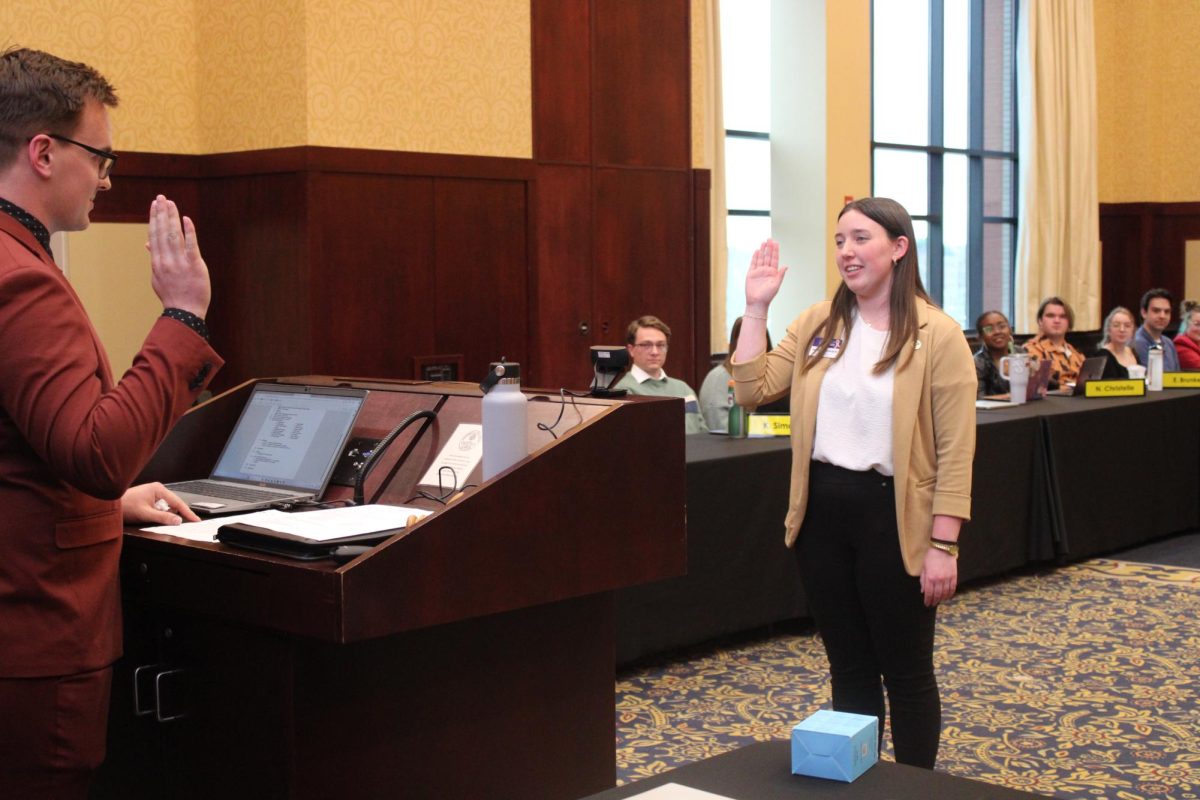Students may pay 15 to 25 percent more in heating costs this winter, Xcel Energy spokesman Brian Elwood said.
The prediction comes following the Energy Information Administration’s forecast for energy costs. According to the report, the costs to heat homes may go up 15 percent this year, and that’s not including temperature.
Elwood said the type of energy students are most likely to use is natural gas, a commodity that is traded openly on the market. He said basic laws of supply and demand cause its price to fluctuate.
Xcel Energy buys natural gas and sells it at-cost to customers, which accounts for 75 percent of the monthly bill. The other 25 percent is Xcel’s fee, Elwood said. The company hasn’t raised this fee in eight years, so any fluctuation in charge is due to the market cost.
In addition, Elwood said, use of natural gas is increasing for a number of reasons. It’s safer for the environment, there’s no tank to fill and, until recently, it was the cheapest form of fuel.
Weather also will play a role in how much students will pay for heat this winter, Elwood said.
“It’s really driven by the weather,” he said. People won’t have to use their furnaces as much if it’s warmer, which in turn, he said, will lower demand for the fuel.
A final factor in the increase in natural gas prices are reports that natural gas lines from the Atlantic were damaged by hurricanes this fall, Elwood said.
Also, he said, Xcel’s prediction is not set in stone.
Last year, the company predicted a 15 to 20 percent increase, but customers only paid about 2 percent more due to the mild weather, Elwood said.
Junior Andrea Kramer said last winter’s heating costs seemed higher than normal.
“It made it really hard because I’m a poor college student,” she said. “It’s hard to afford the heating costs on the college student’s budget.”
Kramer said in the middle of winter her heating costs at times were as high as $70 a month. She blamed the high costs partially on the structure of the house she was renting.
“The house was really drafty,” she said.
Kramer added that the landlord didn’t do a very good job of keeping up the house.
Elwood said students should talk to their landlords so their houses are heated in the most efficient way this winter.
He said the first thing students should ask landlords is if they inspect the furnace every year.
“A lot of older homes may have older furnaces,” Elwood said.
Not only can these furnaces be inefficient, but they also can be dangerous if not checked properly.
Also, students should ask landlords about simple home energy improvement measures they can take, he said, such as caulking around ceilings and putting plastic over the windows.
Finally, Elwood said he encourages all students to buy programmable thermostats. The temperature can be set lower during the day while students are in class, he said, which saves a lot of money in the long run.






